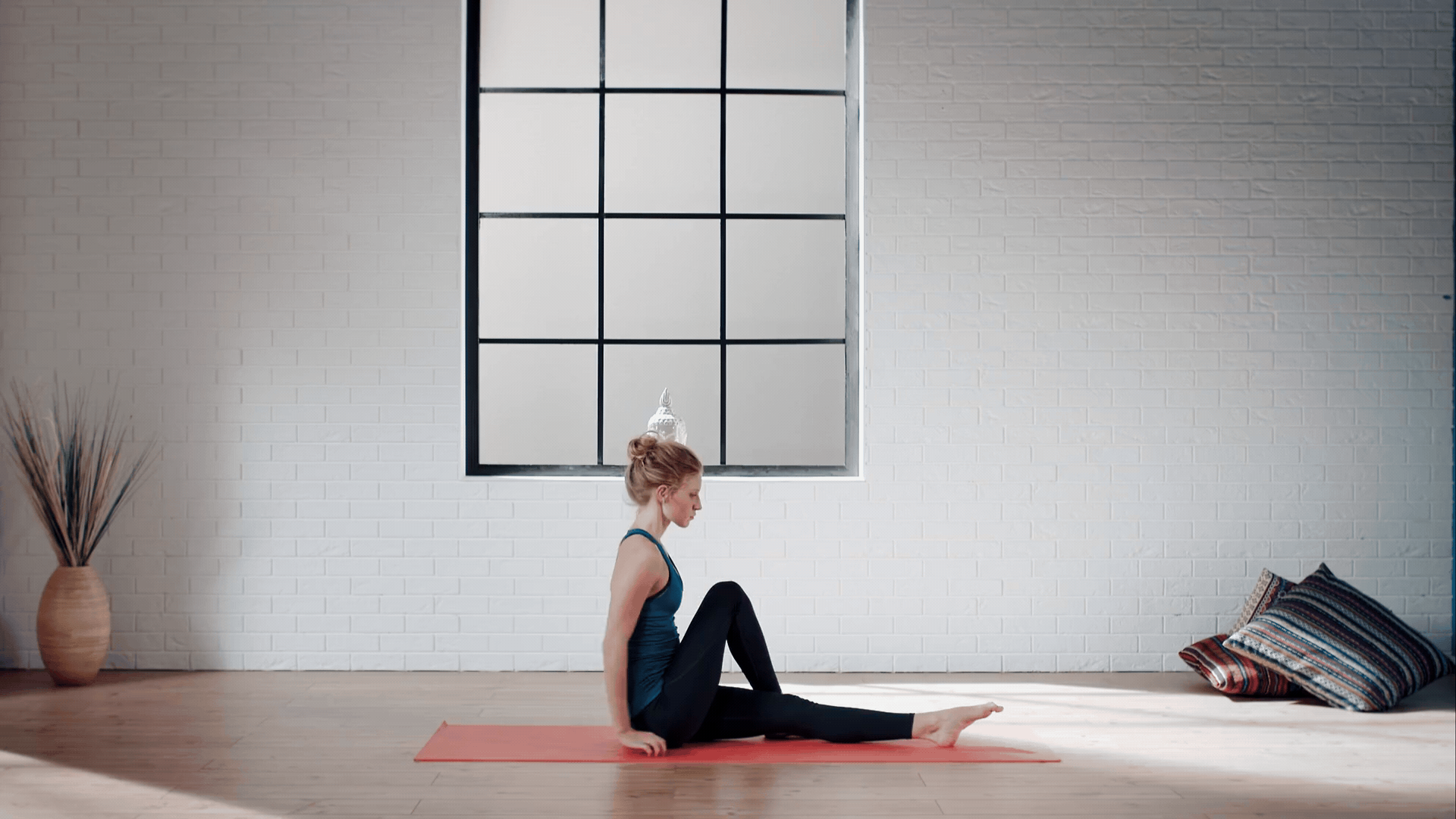Feeling drained and exhausted? Sometimes, life can leave us feeling overwhelmed and depleted. Whether you’re dealing with the demands of work, family, or personal challenges, fatigue can take a toll on your physical and mental health.Through gentle movements, deep breathing, and meditation, you can revitalise your body and mind, and regain your sense of energy and vitality.
Understanding Fatigue
Fatigue is a common symptom of many conditions, including:
- Stress
- Sleep disorders
- Chronic illnesses
- Nutritional deficiencies
While there are many factors that can contribute to fatigue, it’s important to listen to your body and take steps to address the underlying causes.

The Benefits of Yoga for Fatigue
Yoga offers a holistic approach to addressing fatigue by:
- Improving energy levels: Regular yoga practice can boost your metabolism and increase your energy levels.
- Reducing stress: Yoga helps to calm the mind and reduce stress hormones, which can contribute to fatigue.
- Improving sleep quality: Yoga can improve your sleep quality by promoting relaxation and reducing anxiety.
- Boosting mood: Yoga can help to alleviate feelings of depression and anxiety, which can contribute to fatigue.
Yoga Poses for Fatigue
Here are a few yoga poses that can help to revitalize your body and mind:
1. Child’s Pose: This pose is a great way to rest and relax. Kneel on the floor and sit back on your heels. Lower your forehead to the mat and stretch your arms out in front of you.
2. Downward-Facing Dog: This pose helps to improve circulation and strengthen the body. Start on your hands and knees. Spread your fingers wide and lift your hips up and back, creating an inverted V shape.
3. Warrior II: This pose promotes strength, stamina, and focus. Stand with your legs wide apart, rotate back foot 45 degree angle outwards and bend your front knee 90 degrees. Extend your arms out to the sides at shoulder height.
4. Seated Twist: This pose helps to improve digestion and reduce stress. Sit on the floor with your legs extended in front of you. Twist your torso to the right, placing your right hand behind you and your left hand on your right knee.
5. Corpse Pose: This pose is a great way to relax and rejuvenate. Lie on your back with your legs extended and your arms by your sides. Close your eyes and take deep breaths.

Tips for Incorporating Yoga into Your Routine
- Start slowly. If you’re new to yoga, start with a beginner’s class or a gentle home practice.
- Listen to your body. Pay attention to your body’s signals and avoid overexertion.
- Practice regularly. Aim for at least 20-30 minutes of yoga practice most days of the week.
- Find a style you enjoy. There are many different styles of yoga, so find one that resonates with you.
Remember, yoga is a journey, not a destination. Be patient with yourself and enjoy the process. With consistent practice, you can experience the many benefits of yoga for fatigue.




